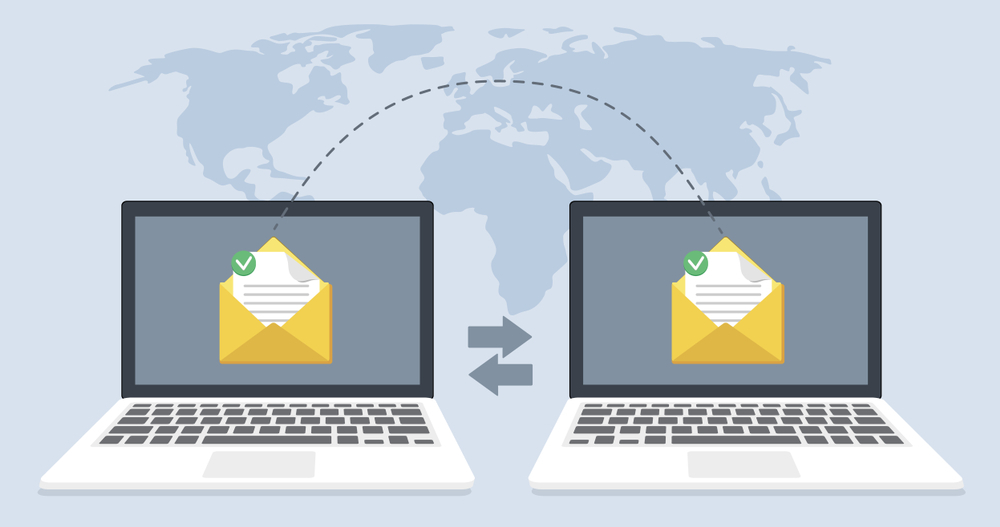Email Migration 101: A Step-by-Step Guide for a Seamless Transition
Migrating your email system can seem overwhelming, but with the right plan and tools, it can be a straightforward process. This guide will walk you through each step of the email migration process to help ensure a seamless transition.
Email Migration 101: A Step-by-Step Guide for a Seamless Transition
What is Email Migration?
Email migration involves transferring email data—messages, contacts, calendars, and more—from one email platform to another. This process is essential for businesses upgrading their systems, consolidating accounts, or moving to a cloud-based service.
Benefits of Email Migration
Enhanced Efficiency
- Streamlined Communication:
- Consolidating emails into one platform reduces the need to switch between multiple accounts, improving efficiency.
- Modern Features:
- Upgraded systems often provide advanced features like better search functions, automation, and integration with other business tools.
Increased Security
- Improved Protection:
- Newer email platforms offer enhanced security features like encryption and multi-factor authentication.
- Regular Updates:
- Cloud-based services frequently update their security measures to protect against new threats.
Planning Your Email Migration
Assess Your Current Email System
- Identify Requirements:
- Determine the volume of data, number of users, and specific features you need.
- Select the Right Platform:
- Choose a platform that meets your needs, such as Google Workspace or Microsoft 365.
Backup Your Data
- Secure Backup:
- Before starting the migration, ensure that all your email data is backed up to prevent loss.
Develop a Migration Plan
- Detailed Steps:
- Outline each step of the migration process, including timelines and responsibilities.
- User Communication:
- Inform users about the migration schedule and provide instructions on what to expect.
Executing the Migration
Pilot Migration
- Small-Scale Test:
- Conduct a pilot migration with a small group to identify potential issues.
- Resolve Issues:
- Address any problems encountered during the pilot to ensure a smooth full migration.
Full Migration
- Use Migration Tools:
- Employ reliable tools like BitTitan MigrationWiz to facilitate the process.
- Monitor Progress:
- Continuously monitor the migration to address any issues as they arise.
Post-Migration Steps
Verify Data Integrity
- Check for Completeness:
- Ensure that all data has been successfully migrated and is complete.
- Fix Discrepancies:
- Resolve any discrepancies or missing data promptly.
Provide Training and Support
- User Training:
- Conduct training sessions to familiarize users with the new system.
- Ongoing Support:
- Offer support to help users adapt to the new platform and resolve any queries.

Overcoming Common Challenges
Data Loss
- Backup Strategy:
- Ensure you have a reliable backup strategy before starting the migration.
- Regular Monitoring:
- Monitor the migration process to quickly identify and address any data loss.
Downtime
- Schedule Wisely:
- Plan the migration during off-peak hours to minimize disruption.
- User Communication:
- Keep users informed about the migration timeline and any expected downtime.
Conclusion
Email migration is a critical process for modernizing your business communication infrastructure. By following a structured plan and utilizing reliable tools, you can achieve a smooth transition. For expert assistance in email migration, contact NABCO IT, your partner in digital transformation.
External Links
Mastering email migration can greatly enhance your business operations. This guide provides a comprehensive overview of the steps and considerations involved, helping you achieve a successful and seamless transition.

